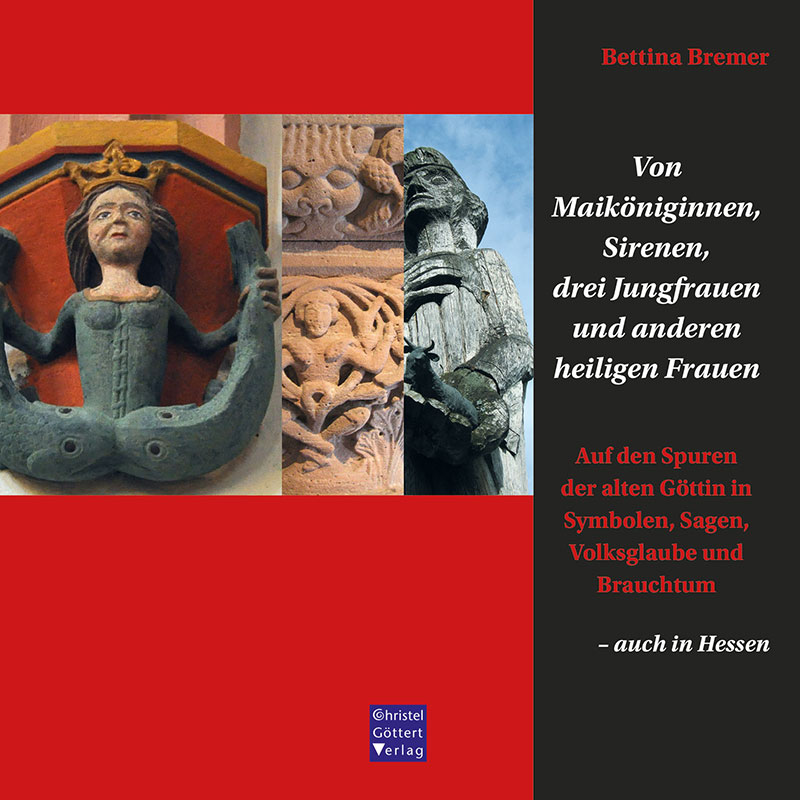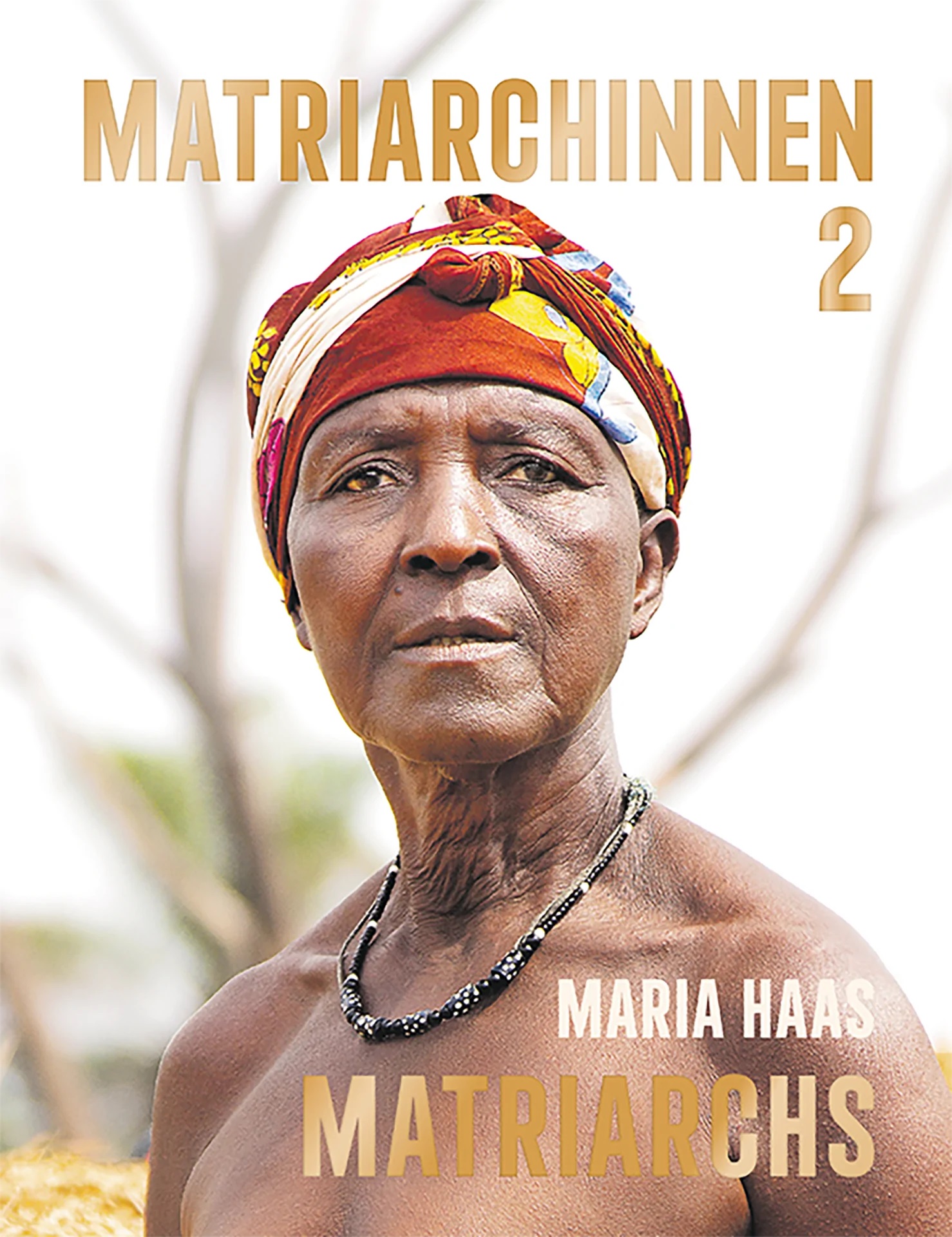Matriarchs have existed worldwide. Presumably they developed in East Asia and spread over waterways as agricultural societies. A matriarchal society structure is even found in the Paleolithic. Later on, a differentiated definition of the society structures was developed in the Neolithic Age, based on agriculture. From 10’000 years before our time until the Bronze Age in 1400, early, middle and late forms (Amazons) of matriarchal societies have existed.
The replacement of matriarchy by patriarchy lasted for centuries. The time of upheaval started in the Iron Age with the invasion of the Indo-Europeans in the Middle East and Mediterranean area. The causes are still to be identified; there are several theories why there was the building of governance structures. Matriarchal elements still exist in folklore, especially in borderlands.
Matriarchal organized peoples still exist. The most popular ones are the Mosuo in China, the Minangkabau in Indonesia and the Khasi in India. However, their existence is in danger in many respects.
In South and Central America there are the Juchitecs (Mexico), the Kagaba in Columbia and the Cuna in Panama, as well as the indigenous peoples in Brazil and Amazonia.
In North America there is a growing literature on the research of indigenous peoples. It ranges from the Mohicans over the Natchez, Omaha, Apaches and Huron to the Pueblos. The most known are the Hopi.
In contrast, in Europe the writings are limited to peoples like the Basque, Bretons, the Baltic people and Siberia. Matriarchals were thoroughly eradicated or taken over. Nevertheless, there is a rich literature of European folklore that passes on the remnants of matriarchals.
In Asia the refugee areas of some peoples were maintained, for example the people of southwest and west China as well as the Masuo mentioned above. This almost classic matriarchy is well known throught several publications. In India there are the Khasi of the Mountains of Assam, as well as the Jaintia and Garo, the Adivasi, the gypsies and the Naya of Malabar, which only show a few elements of matriarchy. Furthermore, there are research reports from Nepal, Tibet, Indonesia (the Minangkabau), Malaysia, as well as Japan, Korea and Taiwan.
In the South Pacific there are the Trobariand Islands and Polynesia, Hawaii, Palau, Melanesia and the Australian aborigines.
In Africa there are the Luapula in Zambia, the Ashanti and the Akan in Ghana, the Ila in Zimbabwe, the Yoruba and the Bidjogo in West Africa; numerous matriarchal peoples. In the north there are the Tuareg people and the Kabylei and the Sudan.
That list is not exhaustive. Discover further interesting examples by browsing through the online catalog of the MatriArchiv.
Source:
Heide Göttner-Abendroth: Das Matriarchat II, Teil 1+2, Stuttgart, Kohlhammer 1991, 2000.



